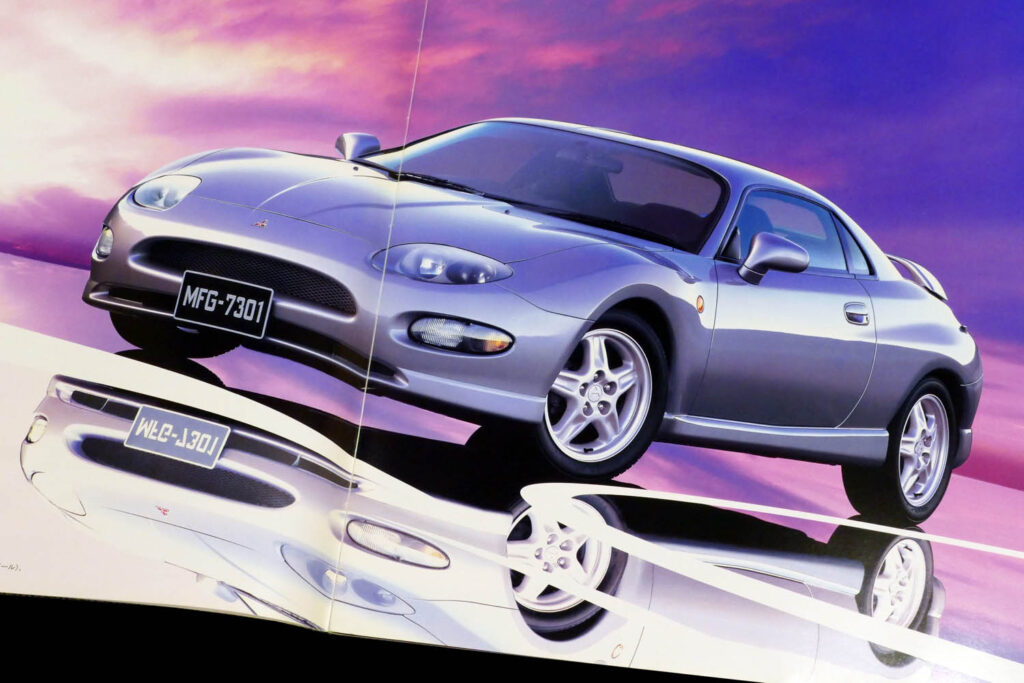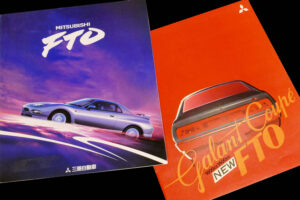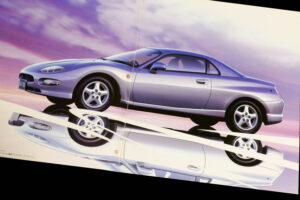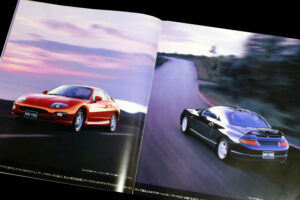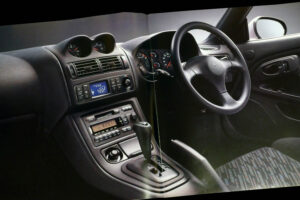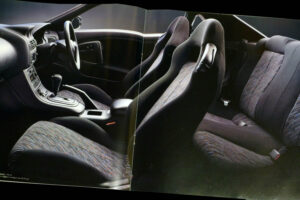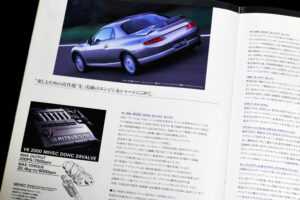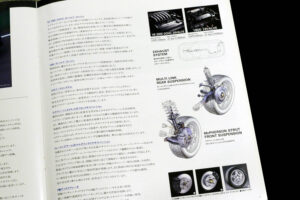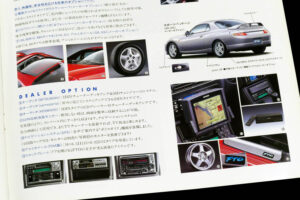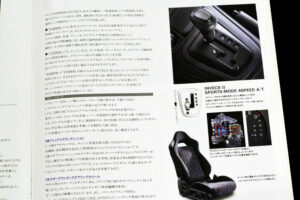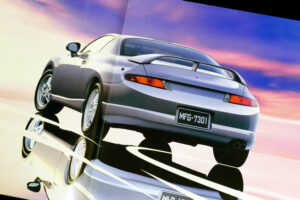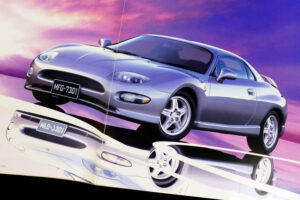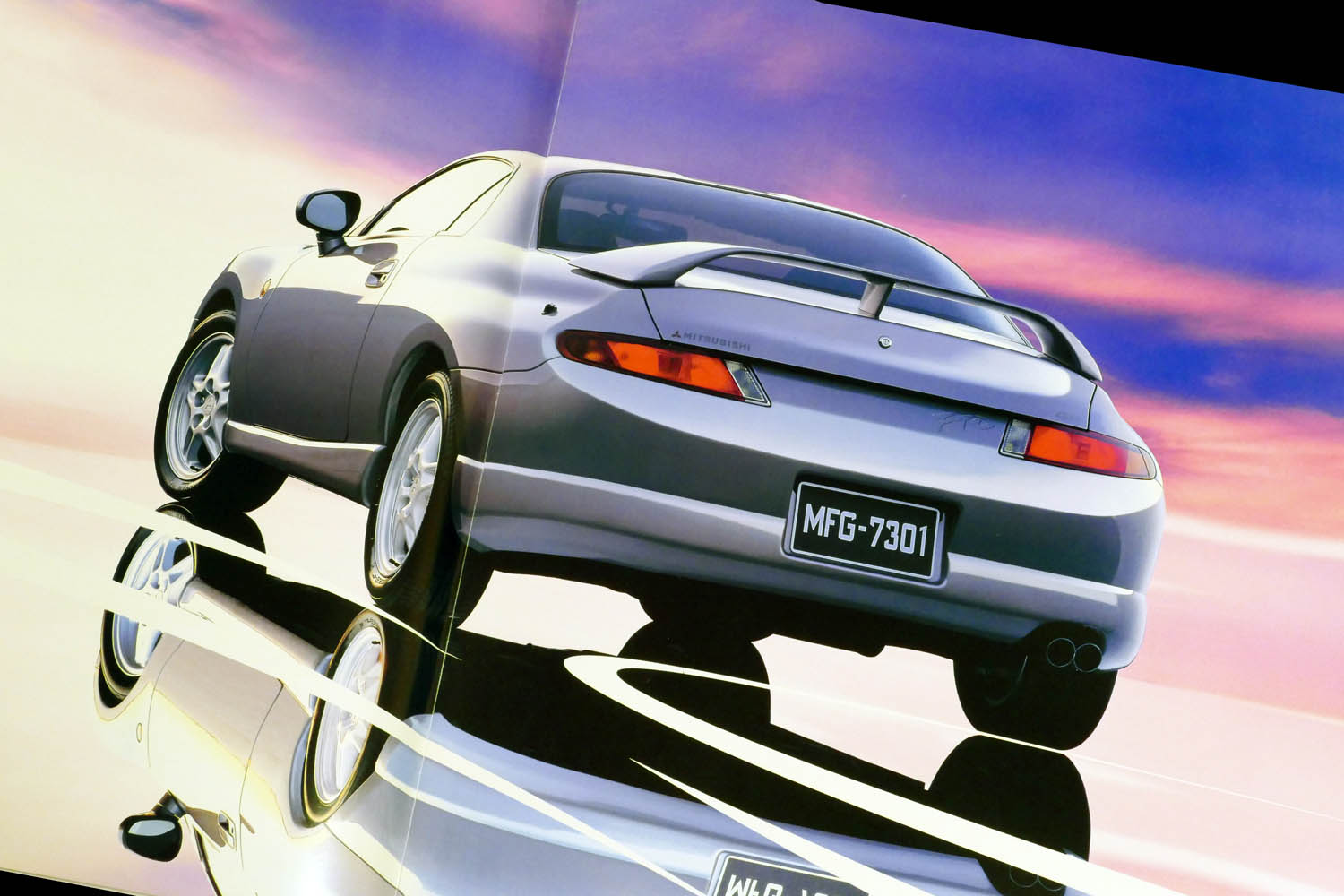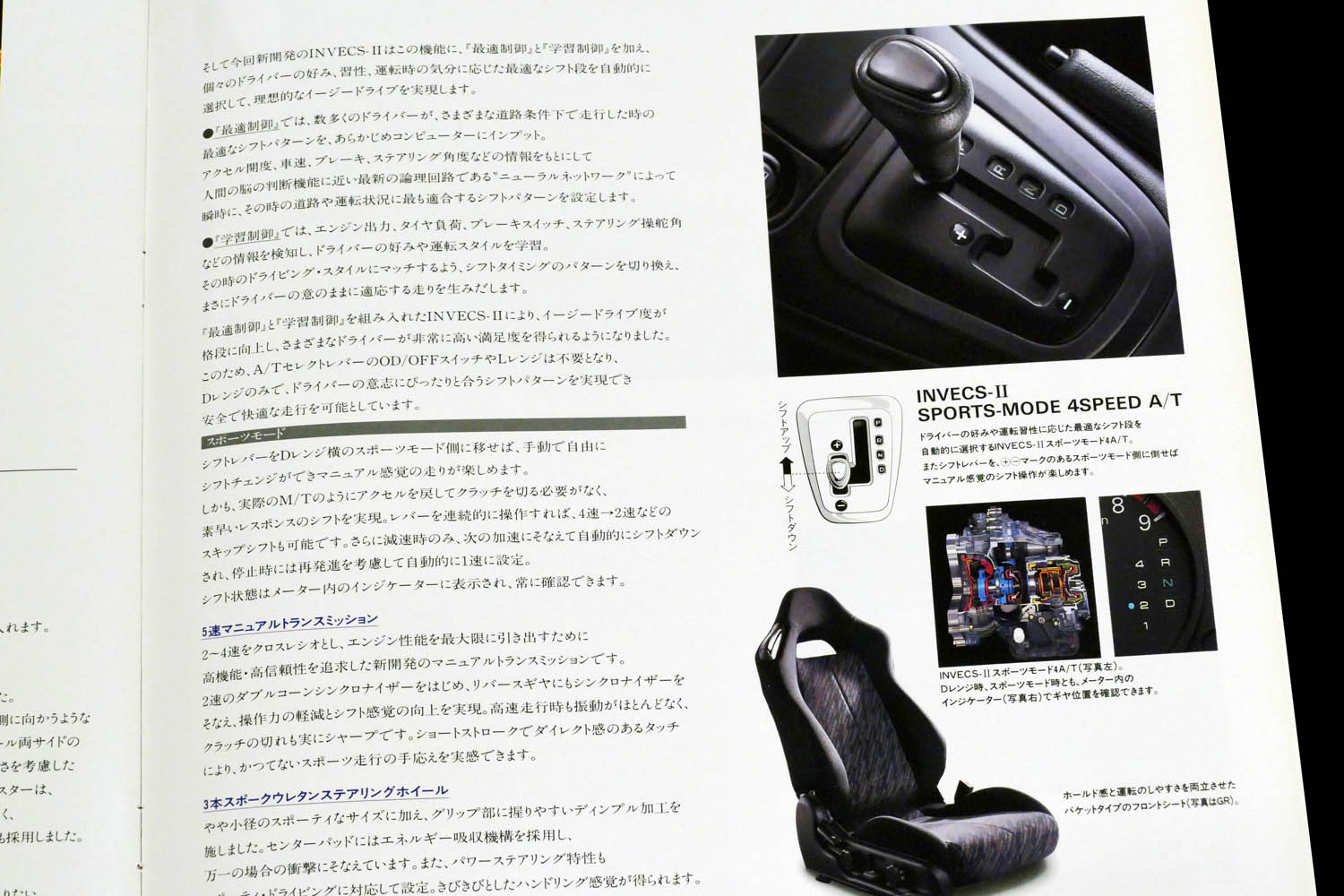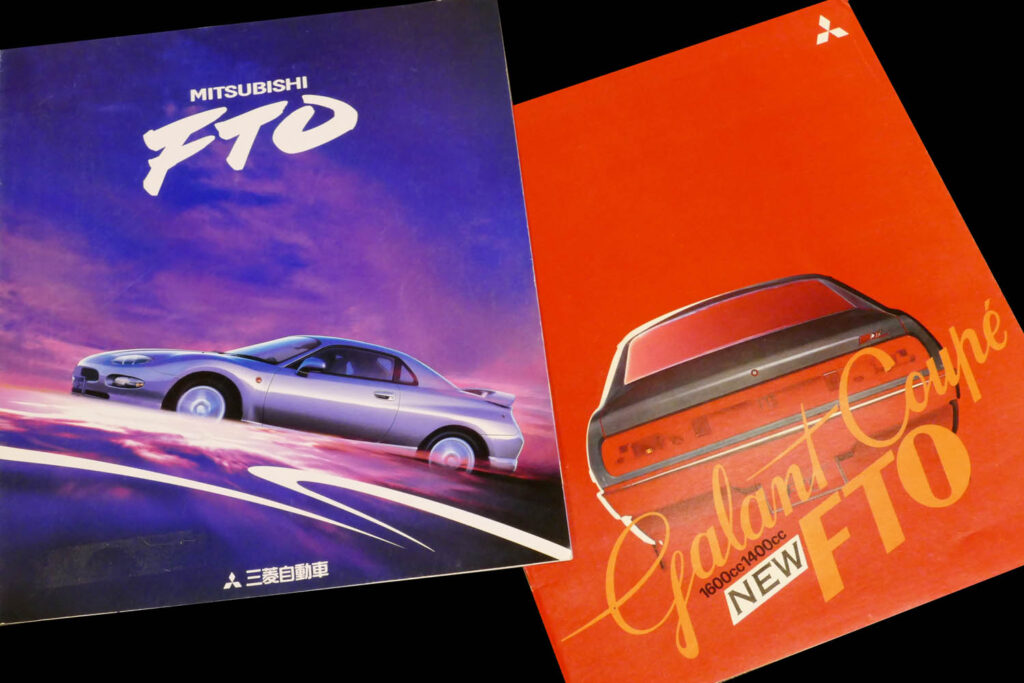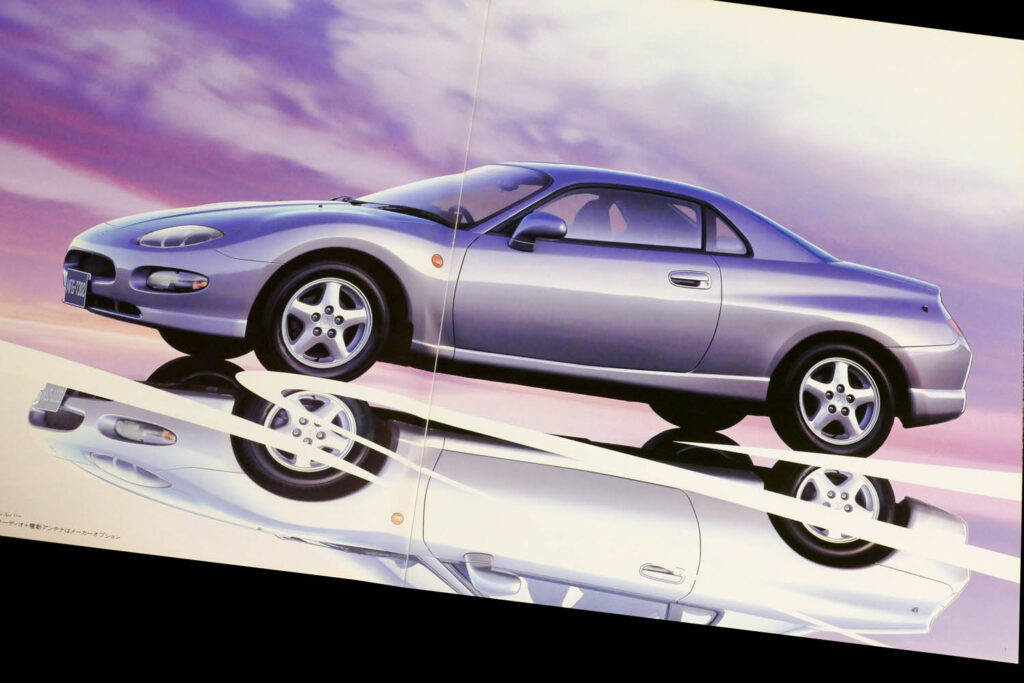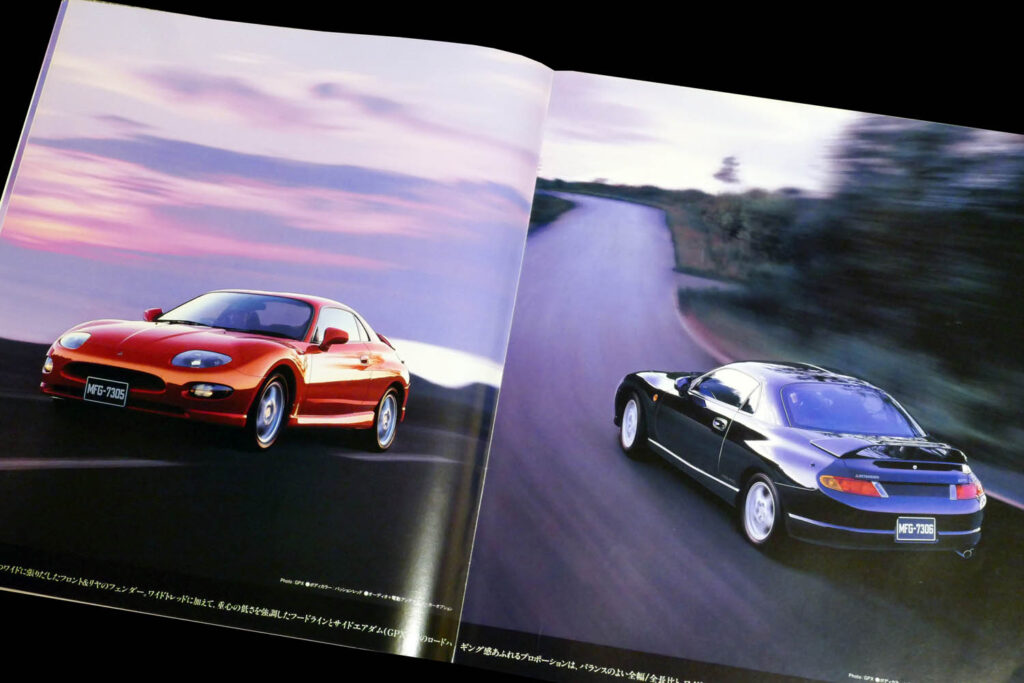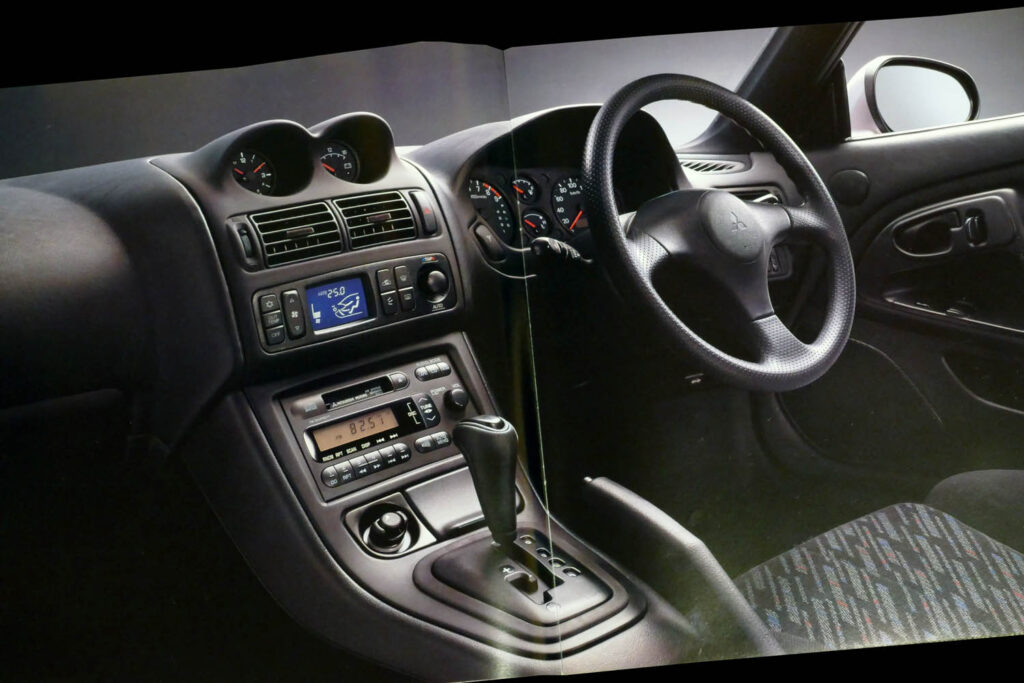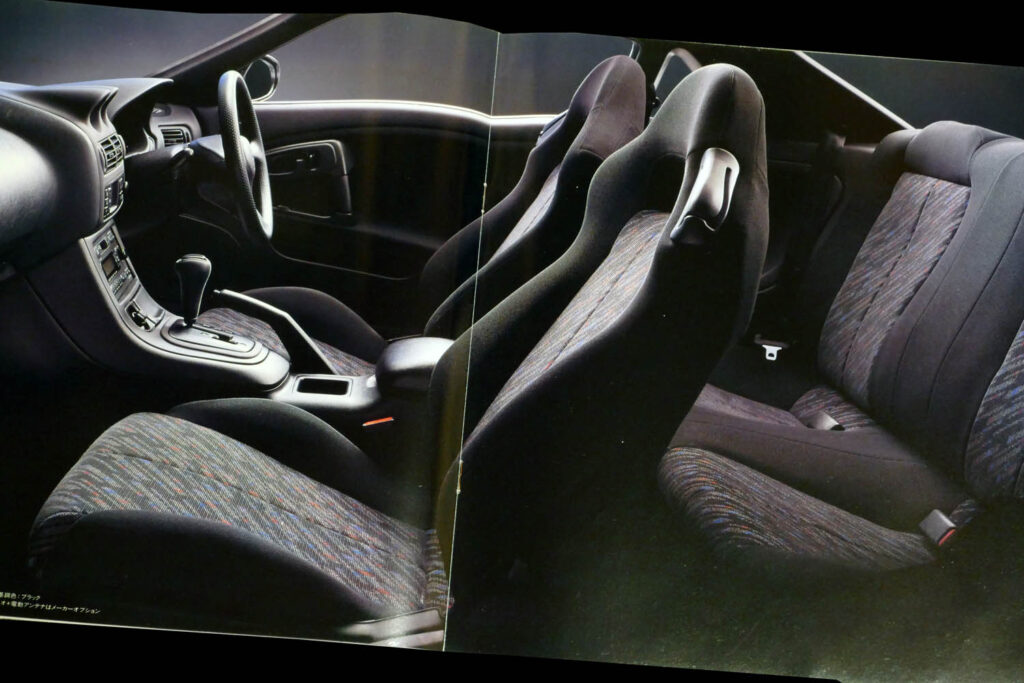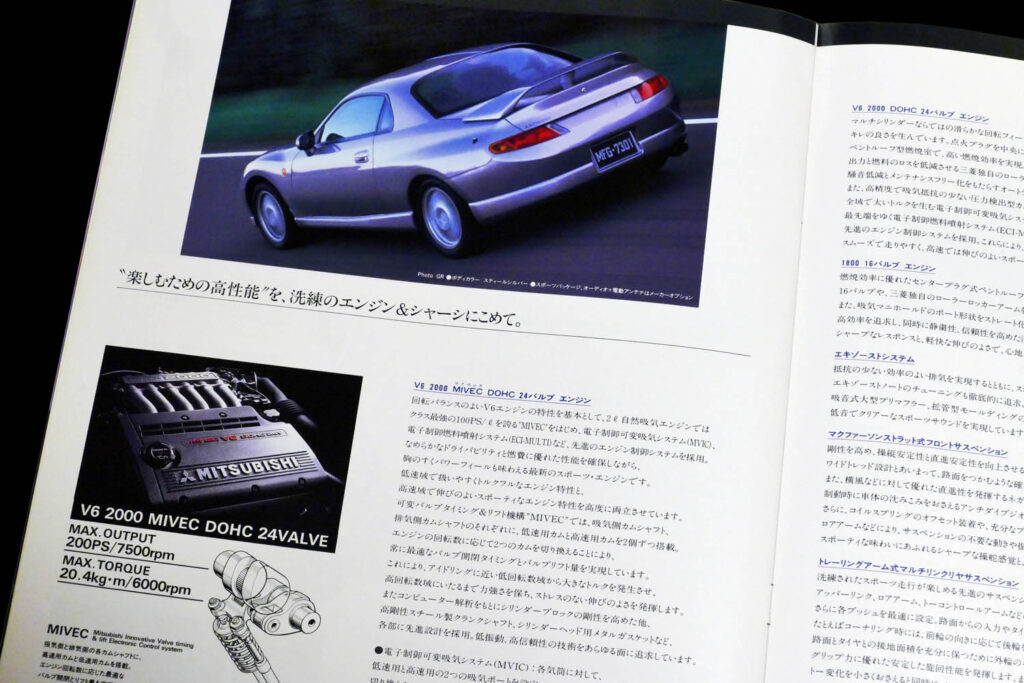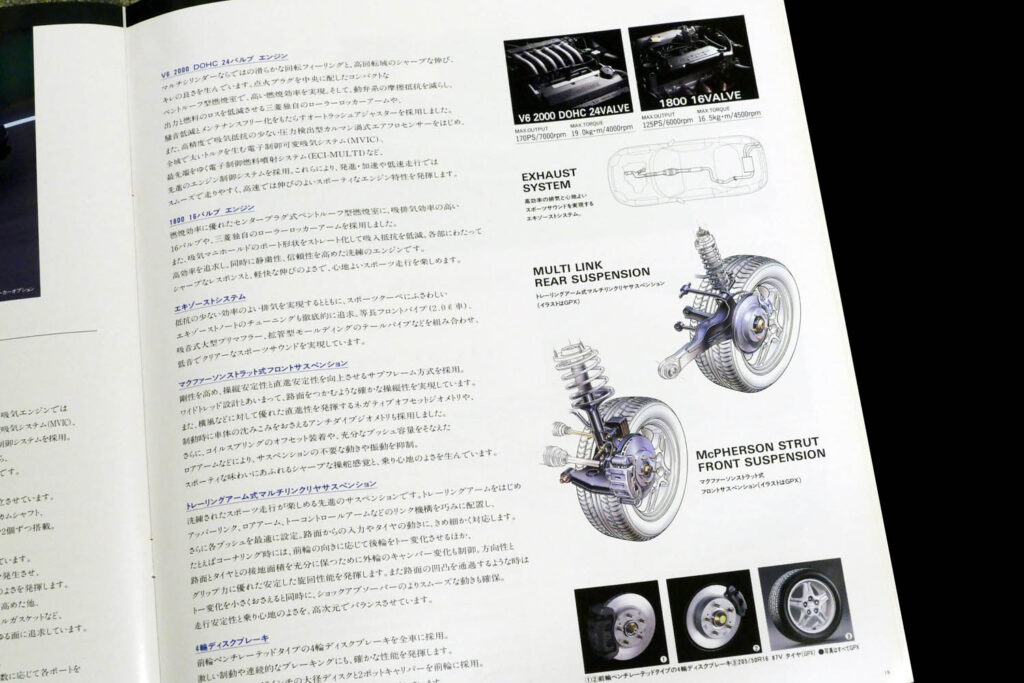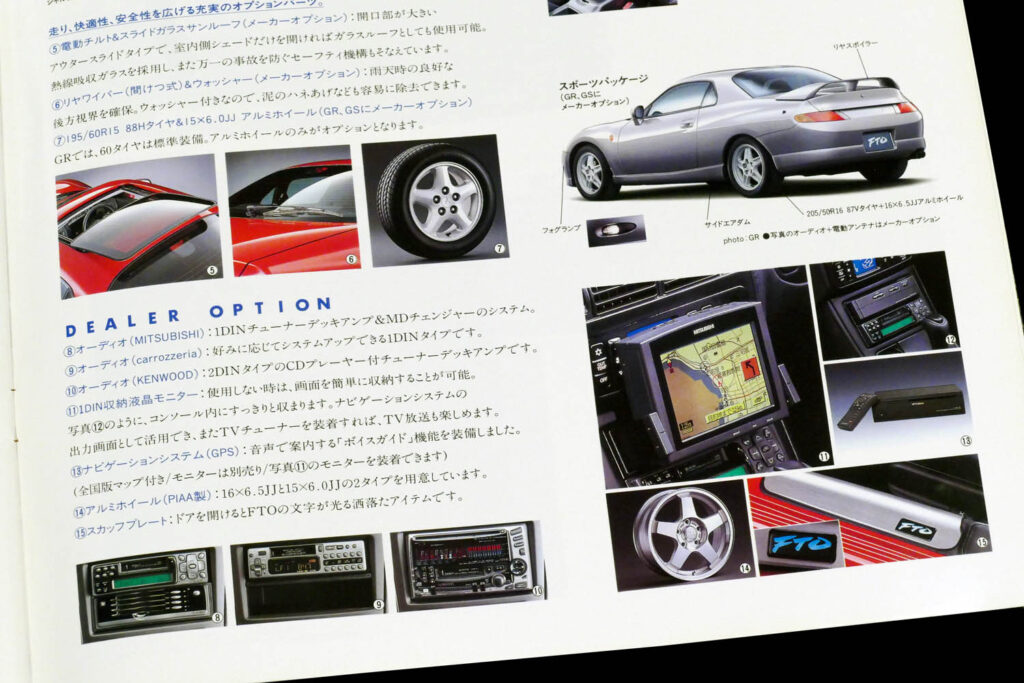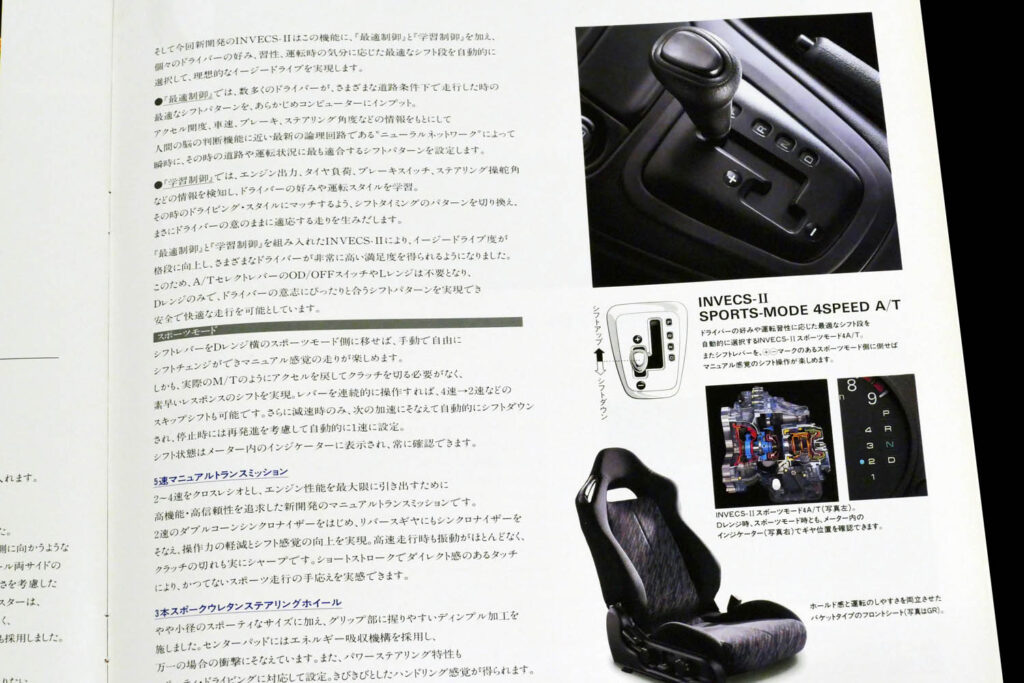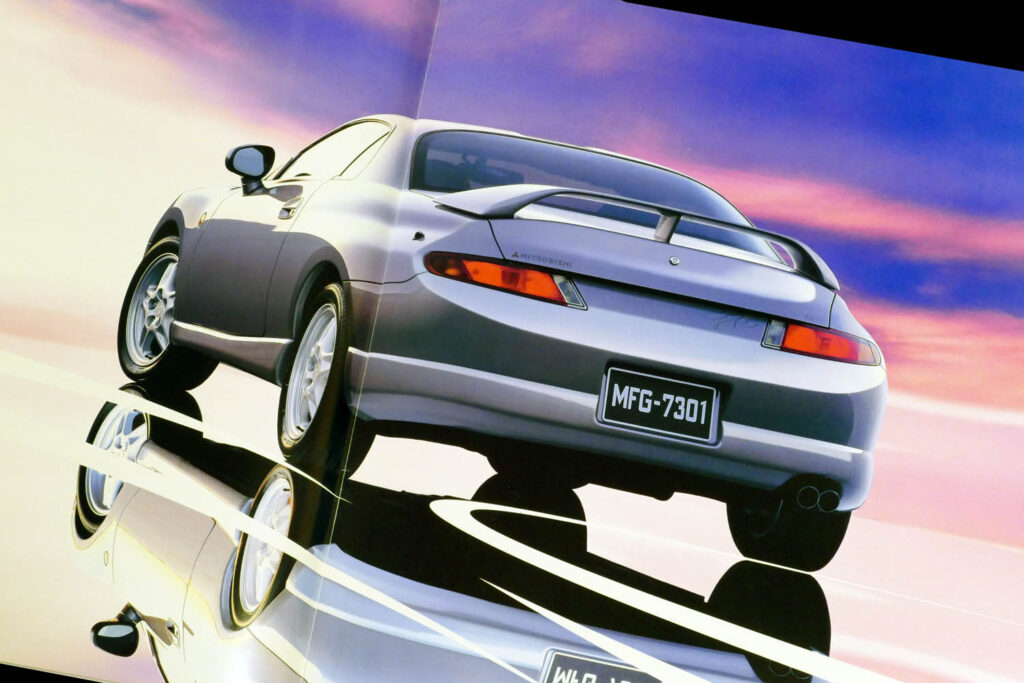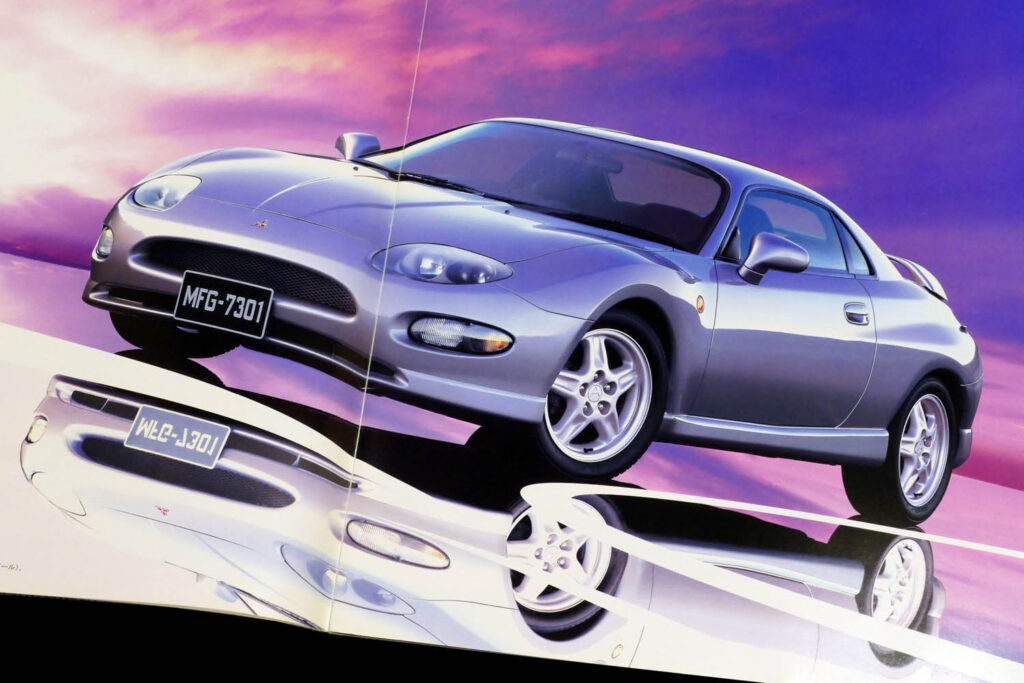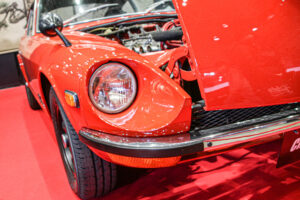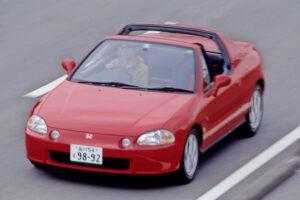The FF sports coupe, full of Mitsubishi characters, debuted in 1994
In the 1990s, sporty coupes such as the Nissan Silvia, Toyota Celica and Honda Prelude were current in Japan. The FTO, which debuted from Mitsubishi in 1994, stood out from its rivals with its European-inspired design and advanced equipment that only Mitsubishi could offer. We look back at the FTO through the catalogue of the time.
The ‘newer’ FTO, available only in FWD
When you hear the name Mitsubishi FTO (or GTO), which comes to mind first, the old or the new? I am of the generation that has seen and heard of the Galant, and I can still recall the first FTOs (and GTOs) that appeared under the Galant name as if it were only yesterday. However, as a freelance motoring journalist who has been following new models for almost 30 years, the newer FTO was also one of the most impressive cars.
The ‘newer’ FTO was launched in October 1994. In 2024, it will therefore be exactly 30 years old. Whereas the GTO, launched commercially in 1990, was a supersport with a twin-turbocharged 3-litre V6 and 4WD, the FTO was FF-only, with a relatively compact body size of 4320 mm long x 1735 mm wide.
What was the source of the idea, as described by the designers at the time?
What was distinctive about the FTO was its styling, which even today has a novel presence. The author had the opportunity to interview the designer for the “GOLD CAR Top New Car Bulletin” at the time.
As I heard at the time, two-door coupes such as the Silvia and Prelude were very popular at the time, and at first, they considered a proposal that was conscious of these rivals. However, the decision was made that this would not be in keeping with the character of a Mitsubishi car, and a reorganisation took place, with a switch to design development based on the utmost originality. The result of this was the FTO design, which was realised as a mass-produced vehicle.
Mr O of the design team who created the original idea for the exterior design said, “The entire design should be sharply divided and have a clean and moderate feel. It is made up of sharp surfaces and has a tight structure with no extravagance”, he explained.
Although not published in GOLD CAR Top magazine, a concept panel collage of photos of various domestic and foreign sports coupes was prepared at the interview, including a photo of the wedge-shaped, round-eyed, four-lamp Alfa Romeo GTV. Coincidentally (?). I remember it vividly because I was driving the very same Alfa GTV as my car at the time, and it made me think ‘wow’.
The Alfa GTV is characterised by a character line that angles up from the front to the rear and a sharply cut-off tail shape. The FTO, on the other hand, as Mr O mentioned above, had a more condensed style, with the front and rear wings built up like powerful muscles. The bubble roof and door handles shared with the then-flagship Debonair were also elements that could not be overlooked.
The AT with manual mode is the first AT adopted in a Japanese vehicle!
On the other hand, in terms of mechanism, a selling point was the availability of a V6 engine (as well as a four-cylinder); the V6 was available in two 2-litre models, and the high-performance version was available with MIVEC, a variable cam timing and lift system. This MIVEC engine could run up to 8000 rpm and was capable of 200 hp/20.4 kg-m.
Another mechanical topic was the INVECS-II sports mode 4-speed AT (later converted to a 5-speed). This was the first AT in a Japanese car with a manual mode and was an AT system similar to the Tiptronic system available on the Porsche 911 (964) in 1990. Shifting up (+/forward) and down (-/forward) could be operated at will with the lever by moving the shift lever from the normal right-hand row to the left, and a ‘4 3 2 1’ position indicator was also provided in the tachometer. The catalogue states: “If the lever is operated continuously, it is also possible to skip shifts, such as from 4th to 2nd gear. When decelerating, the gearshift is automatically downshifted in preparation for the next acceleration, and when stopped, the gearshift is automatically set to first gear in consideration of re-starting the vehicle”.
Some equipment is typical of the time, such as an MD changer
In terms of equipment, there is a navigation monitor that is stored in the 1DIN space when not in use and the screen rises when in use (the MITSUBISHI logo can be seen in the photo), an MD changer and other equipment typical of the time, as well as air conditioning that uses a pictorial display to make the operating status easy to understand. A glass sunroof with electric tilt and outer sliding system was also available as a factory-installed option, but in this case, although the small photograph in the catalogue makes the roof look like it was not a bubble roof, it has not been confirmed that it was.
The copy at the top of the catalogue read, “This athleticism is not normal.” The copy at the top of the catalogue was “This athleticism is not normal. Mitsubishi, which at the time already had an established reputation for RV models such as the Pajero, developed the FTO to bring an attractive sports car model to the market.
translated by DeepL





